Part 2: Parramatta Jail’s notorious inmates
A JAIL in north west Sydney has kept some of the hardest criminals behind bars. From escape artists to stand over men, murderers, rapists and an illegal casino operator and even a playwright. Here are the stories of some bad men.
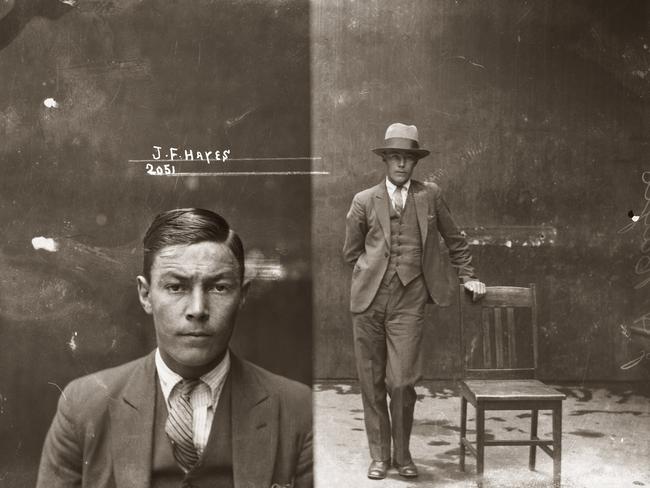
Parramatta
Don't miss out on the headlines from Parramatta . Followed categories will be added to My News.
PARRAMATTA Jail has kept some of the hardest criminals behind bars. From escape artists to stand over men, murderers, rapists and an illegal casino operator.
We take a look through the decades and share some of the more interesting characters to have found themselves behind bars in western Sydney.
THE ESCAPE ARTIST

DARCY DUGAN
Sentenced to life imprisonment but was released on parole in 1984.
He committed numerous hold-ups, bank robberies and even a hospital. He became most famous for his daring escapes from prison than his initial crimes.
On March 4, 1946, Dugan escaped from a prison tram that transported inmates between Darlinghurst Courthouse and Long Bay Jail.
It is reported as the tram passed the Sydney Cricket Ground, Dugan used a kitchen knife to saw a hole in the roof. This is where he escaped.
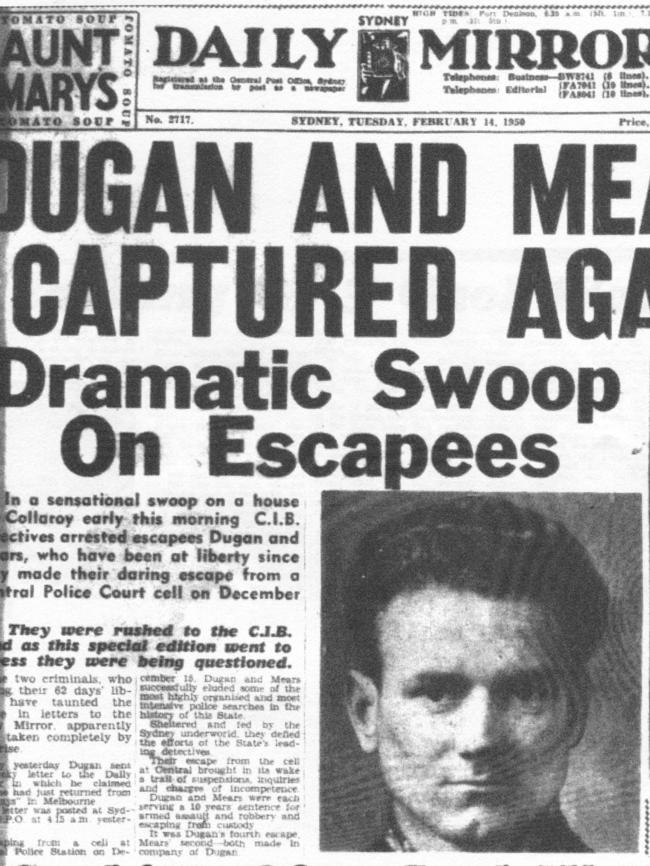

The tram where Dugan escaped is kept at the Sydney Tramway Museum in Loftus.
On December 16, 1949, Dugan and William Cecil Mears escaped from Central police station during a court recess. Mears was in court charged with possession of an unlicensed pistol and had subpoenaed Dugan as a witness.
During an adjournment for lunch, the pair hacksawed through an iron bar in their cell and escaped from the complex onto Sydney’s streets.
Police gave chase but they were last seen jumping onto a passing tram.


A year later Dugan was sentenced to death alongside his co-offender. An appeal later reduced the charge to life imprisonment.
During another prison escape, Dugan left a note scrawled on the wall of his cell which read “gone to Gowings”. It was making reference to a department store’s advertising slogan which also meant “left in haste”.
When Dugan was released from prison in 1984 he became a rehabilitation officer. He was a campaigner of prison reform and exposed corruption.
You can read about Dugan’s adventures in his autobiography Bloodhouse which was published posthumously in 2012.
AUSTRALIA’S FIRST GANGSTER
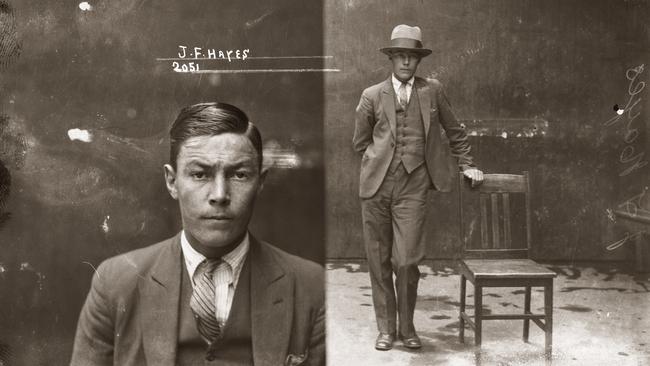
JOHN FREDERICK ‘CHOW’ HAYES
Hayes was born in Paddington in 1911. He was the illegitimate son of Elizabeth Hayes, a prostitute and petty criminal. His grandmother and aunt cared for him and he spent his early years in Chippendale and Haymarket.
He was caught for truancy and spent his years in and out of reformatories until he turned 12.
It was more of an education than punishment. It’s at the reformatories where he learned everything he could about crime.
As a teen he was part of gang-related crimes, mostly shoplifting, petty theft and assault.
He graduated as a major player in the Sydney gang wards in the late 20s and 30s, known as “razor gangs”.
These gangs were involved in prostitution and bootleg alcohol but he was known more for being armed with a Colt .45 pistol.
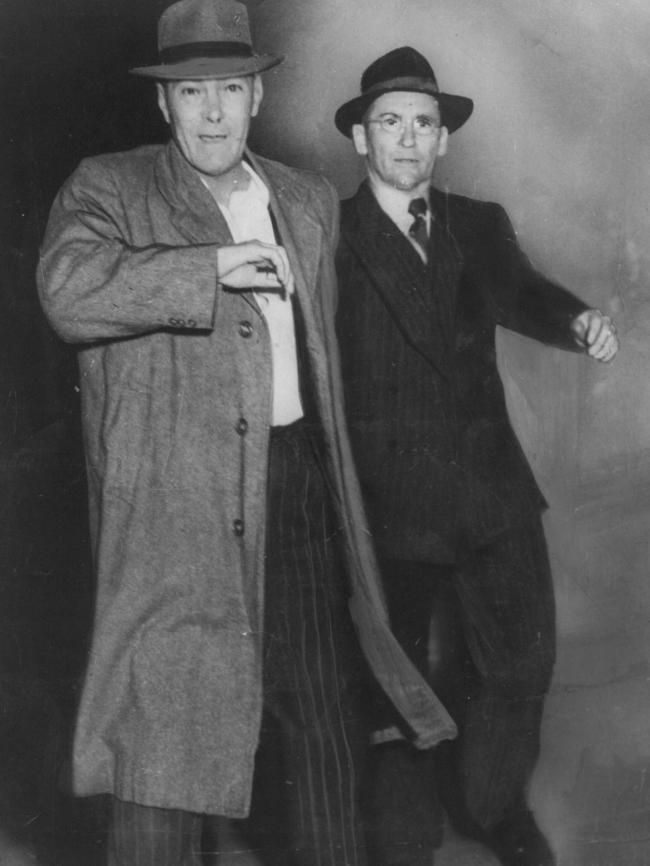
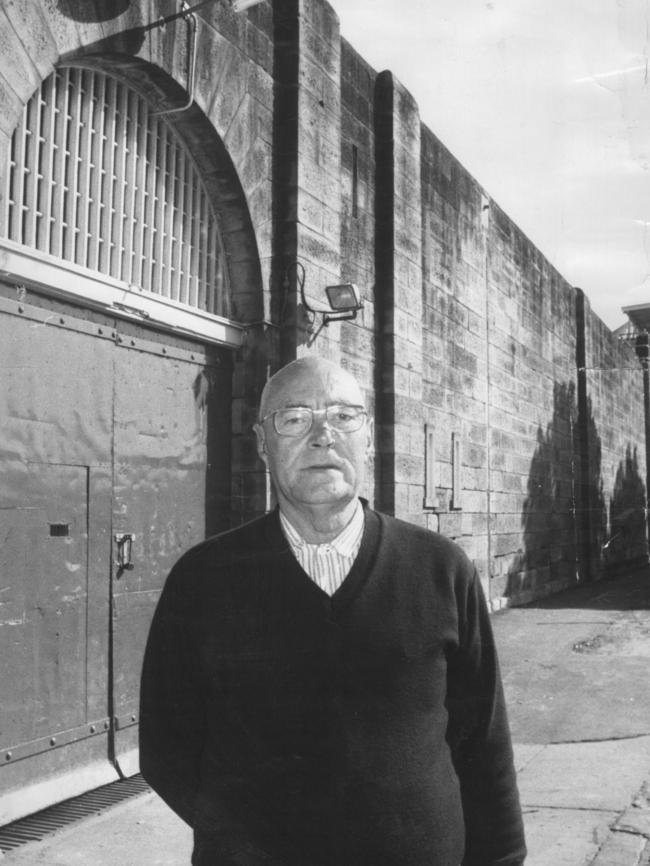
Hayes was shot in 1939 and taken to Royal Prince Alfred Hospital but he discharged himself with the bullet still inside to avoid facing police.
In 1938 he shot Henry Jack Baker, the defacto partner of leading figure in the Razor Gang, Kate Leigh. He escaped conviction.
In 1945 he shot and killed fellow gangster Eddie Weyman but was found not guilty at trial. Hayes later admitted in a David Hickie-written biography on his life, Chow Hayes, Gunman, he had killed Weyman.
His run came undone in 1951 when he murdered William ‘Bobby’ Lee, at a nightclub.
After hiding from police for six weeks, he was caught by Detective Ray “Gunner” Kelly.

He served over 15 years in prison for the murder after two years into his death sentence, the government did away with capital punishment. He avoided the noose and his sentence was commuted to life imprisonment.
After being freed he returned to extorting money from Sydney’s criminals, including casino boss Dick Reilly and the “king” of Sydney’s brothel business Joe Borg.
He was behind bars for another seven years from 1969 for slicing the face and arms of Gerald Hutchinson with a broken glass.
When he was released in 1977, he lived the rest of his life in a Lidcombe unit. He died in 1993 after a long battle with cancer.
THE CRIME WRITER

ARTHUR STANLEY SMITH, KNOWN AS NEDDY SMITH
Sentenced to life imprisonment for murder, rape and drugs.
Neddy was a crime writer and has served sentences in 1963 to 1965, 1968 to 1975, 1978 to 1980 and from 1989.
He was a heroin dealer and armed robber who became known for his violent temper. He was 6’6 (1.98m) tall and weighed 100kg.
He used his size in street fights and bar brawls.
Smith was a star witness for the Independent Commission Against Corruption (ICAC) and the Wood Royal Commission.

He got immunity from his crimes except murder, in exchange for testifying against former NSW Police detective Roger Rogerson and other allegedly-corrupt police officers.
In his testimony, Smith said police gave him the “green light” to commit crimes and aided him in various robberies and other crimes.
Though charged for eight murders, Smith has only been charged with the murder of brothel owner Harvey Jones and “murder in company” of tow-truck driver Ronnie Flavell during a road rage incident in 1987.


In 2017, Smith attempted to escape while being treated for heart problems at the Prince of Wales Hospital in Randwick. He allegedly snuck past two prison guards but was caught by a nurse in the corridor.
He is serving a life sentence in Lithgow Correction Centre and has been diagnosed with Parkinson’s disease.
MOST DARING PRISON ESCAPE

ANTHONY (TONY) LANIGAN
Behind bars for murder. He was 22 when he killed a man in 1969 during a bungled robbery.
He was sentenced to 14 years’ jail and paroled on February 15, 1977.
Just 33 days after release he shot a woman dead during another botched robbery. No matter how much it cost, he had to get out of jail.
“We are breaking out on Saturday night. We will go down after lights out and breakthrough in the dark. You will be home for breakfast on Sunday,” Anthony Lanigan said.
Along with six other men, Lanigan gained national notoriety for nearly pulling off the most daring prison escape in Australia’s history.

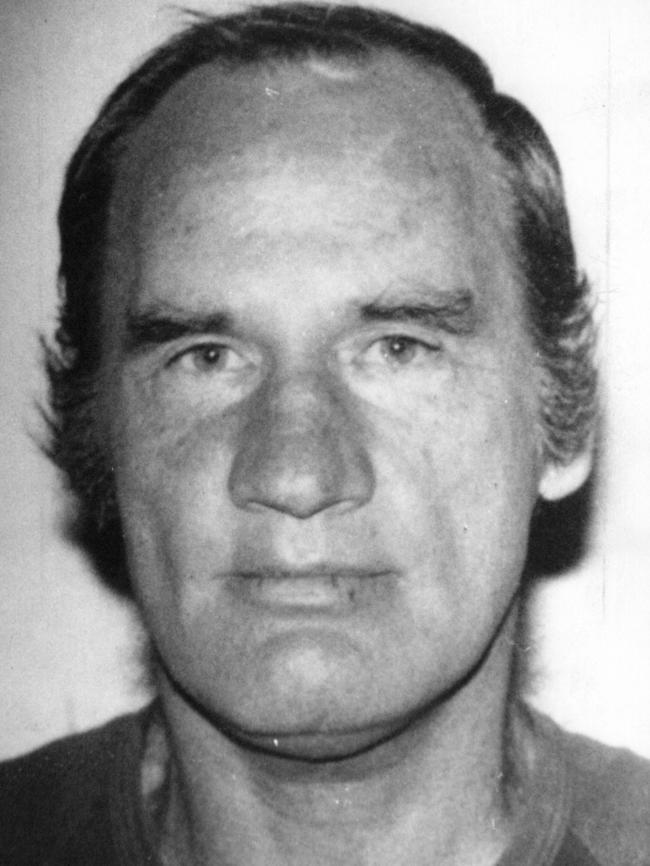
He “hired” a gang of inmates who were behind bars for murder, rape and paedophilia.
One of the men who helped dig the escape tunnel was Michael Murphy, who would go on to take part in the 1986 rape and murder of Anita Cobby.
Nobody knows how, but Lanigan had six keys to his cell that he gave to the “gang”. Lanigan worked night shift because it was his cell. He'd only have an hour of sleep each night and, during the day, each of the other men would go down for a couple of hours at a time. His cupboard covered the expansive tunnel during cell searches.
The tunnel was just 30cm below the linen company next door.
It’s then he gathered the troops and said Saturday night was when they were breaking out.
Murphy was excited and had to tell someone. He ran to the phones and called his grandmother.


His grandmother rang the prison guards after the phone call to find out when her grandson was being released. A search of Murphy’s cell uncovered the six keys to Lanigan’s cell. He cracked and the guards found the tunnel underneath Lanigan’s cupboard.
The tunnel was found on the morning of Saturday, September 8, 1979, just hours before the scheduled escape.
Lanigan revealed they’d been digging with screwdrivers, knives and a shovel for about 18 months all up.
Wood was also nicked from the stores to make support beams, electric lights and extension cords.
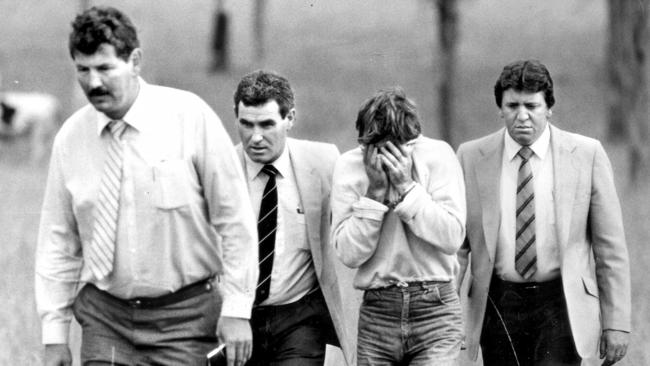

Lanigan was sent back to Long Bay Jail and was given five years on top of his sentence for the attempted escape.
In 1995, 47, he walked through a hole in the fence at the Long Bay farm.
A search began but he was never found.
Murphy was given another two years for his role in the escape. He was released in 1985 and back a year later after Anita Cobby’s rape and murder.
IMMORTALISED IN UNDERBELLY
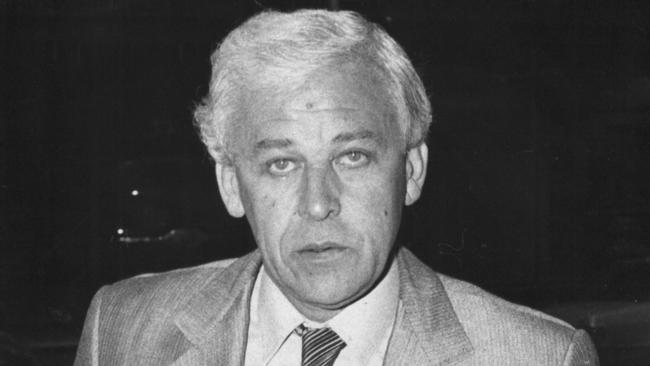
GEORGE FREEMAN
An illegal casino operator.
The 1970s and 80s identity has been immortalised in TV’s Underbelly: A Tale of Two Cities and its sequel Underbelly: The Golden Mile.
As a teen he hustled in poolrooms for money.
He has convictions for break and enter, stealing a car and a smash and grab raid. He swallowed soap to make himself sick so he could be transferred.
A prison doctor misdiagnosed and he was forced to have an unnecessary operation. In the mid 1950s he was sent to Parramatta Gaol for stealing and met his “boyhood hero”, Darcy Dugan.
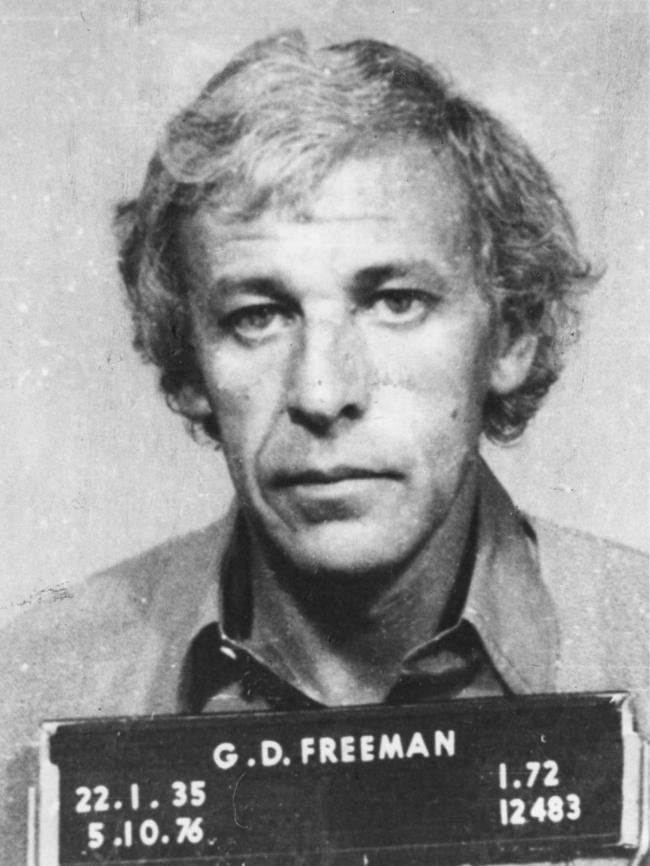

He served several prison terms for theft between 1951 and 1968.
He survived a murder attempt in 1979, married twice and died in 1990 of asthma.
Despite accusations of murder, race-fixing, illegal gambling and involvement in the drug trade, Freeman’s only criminal convictions after 1967 were for bookmaking in 1983 and 1986.

But he was stopped from entering Britain in 1985.
He published George Freeman: An Autobiography in 1988 which captures his youth and dabbles a little on his later life.
THE COMIC BOOK CREATOR
LEONARD KEITH ‘LEN’ LAWSON
Sentenced to life imprisonment for rape and murder.
He was a comic book creator, commercial artist and photographer. He had a sinister side and became a notorious criminal who died in custody in 2003 at the age of 76.
Lawson came to prominence for The Lone Avenger, an Australian comic book hero, which ran in Action Comics from 1946 for 13 years.


He also created another masked vigilante hero, The Hooded Rider, as well as Diana, Queen of the Apes and Peter Fury.
His wayward ways were caught out in 1954 when he took five models to Terry Hills bushland for swimsuit calendar photos. He bound the women and sexually assaulted them, raping two.
He was sentenced to death but was converted to 14 years in prison after capital punishment was abolished.
Lawson was released in 1961 and in 1962 he sexually assaulted and murdered a 16-year-old girl. The next day he took hostages at the Sydney Church of England Girls’ Grammar School and killed a 15-year-old girl in the siege.

His attacks on women continued behind bars when he attacked a dancer who was performing at Parramatta Gaol.
Lawson died in Grafton Correctional Centre in 2003 of a suspected heart attack.
THE PLAYWRIGHT

JIM MCNEIL
Playwright, who spent time at Parramatta Gaol for armed robbery.
He specialised in armed robberies and media dubbed him “The Laughing Bandit” because of how amusing it was for him to take money from people at gunpoint.
McNeil robbed a Wentworth Falls hotel, forcing the manager to empty the safe.

During his escape he shot and wounded a police officer. He was convicted and sentenced to 17 years behind bars.
While serving his sentence, McNeil began writing plays.
Within a few years he was known as one of Australia’s top playwrights of the 20th century.
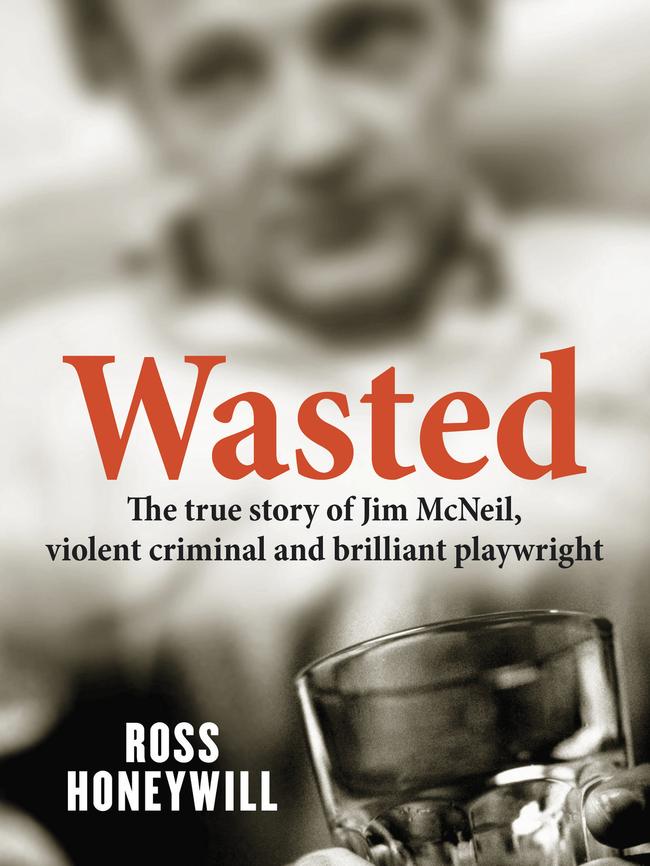
He wrote his first play, The Chocolate Frog and it was performed by prisoners for Saturday morning visitors.
McNeil also wrote The Old Familiar Juice, How Does Your Garden Grow, and Jack.
He was released 10 years early and won an Australian Writers’ Guild Award.
But his talent didn’t shine outside the prison. He turned to alcohol and wound up living in a crisis accommodation facility for homeless men in 1981. He died of alcohol-related illnesses a year later.
Ross Honeywill has retold McNeil’s life in Wasted.
